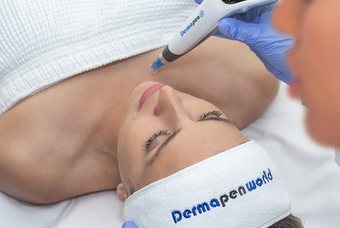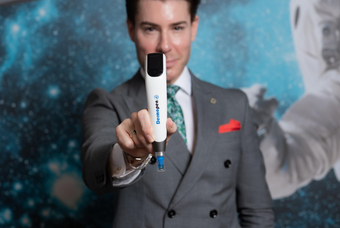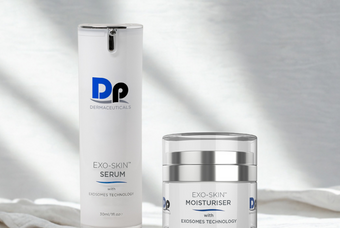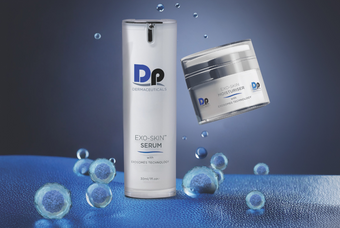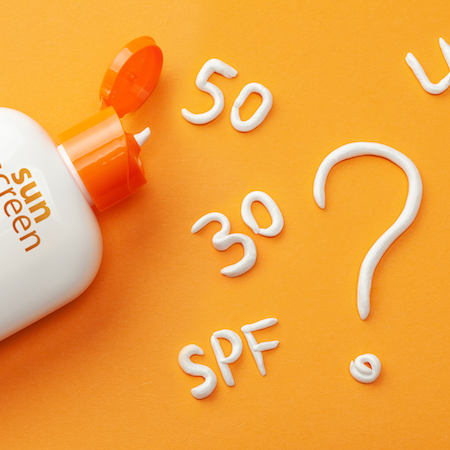If you have ever purchased sunscreen, chances are you have noticed the SPF label and number on the bottle and chosen your sunscreen based on a number you think sounds strong enough to protect your skin.
But many people don’t know what SPF means or what the different numbers indicate, which leads to the many misconceptions surrounding SPF.

SPF stands for “sun protection factor,” and is a measurement of protection only from the sun’s UBV rays, the ones that cause redness and sunburn. UVA rays are more dangerous, as they penetrate the skin more deeply and can cause cancer, but SPF does not measure sunscreens protection against them.
One misconception is that different SPF levels correspond to the percentage of UV-rays they protect against. For example, SPF 50 will block out 50% of the sun’s rays and SPF 100 offers full protection. In reality, this could not be further from the truth and it’s all about time spent exposed to the sun.
Further explained, SPF is a measurement of the difference between the amount of sunlight that causes redness in sunscreen-protected skin and the amount that causes redness in unprotected skin. Meaning, an SPF 15 provides protection for 15 times the minutes of sun exposure before you burn vs. sun exposure with zero protection. So, if you usually burn without sunscreen in 10 minutes, applying an SPF 15 will protect you for 150 minutes (2.5 hours). Keep in mind that this equation is dependent on your skin- type, intensity of the sunlight (UV index), the amount of sunscreen used, and activity (i.e. water and sweat will shorten the time).
Even so, this equation is not ironclad. An SPF of 30 will not protect you for twice as long as an SPF 15, leading to the common misconception is that certain SPFs can be “stronger” or “weaker” than others. If you apply an SPF of 30 and stay out for 300 minutes (5 hours) you will most definitely get a sunburn because in truth, the margins for protection are razor thin between the different levels of SPF. An SPF 15 blocks about 93 percent of UVB rays, while an SPF 30 blocks about 97 percent, an SPF 50 about 98 percent, and SPF 100 only 99%. So, going higher and higher doesn't necessarily create more protection after a certain point – SPF 15 and SPF 30 only have a difference of 4%, so doubling exposure time is a dangerous risk, as SPF 15 is almost as protective as SPF 30.
High SPF products are often made with greater percentages of chemical ingredients, which may be linked to hormone disruption, trigger allergic reactions, and potentially expose you to more free-radical damage, so the belief that they are “better” is not exactly accurate.
But we can’t forget about UVA rays. It’s important to remember that unless the sunscreen is labeled as “broad spectrum,” It will not block against harmful UVA rays. Because measurements can be so arbitrary, expert’s ballpark recommendation is to use a physical broad-spectrum SPF 30 and reapply every two hours to keep sunburn and damage at bay, without the risk of using too many chemicals.
To learn more about sun protection available from Dp Dermaceuticals, contact our offices!


